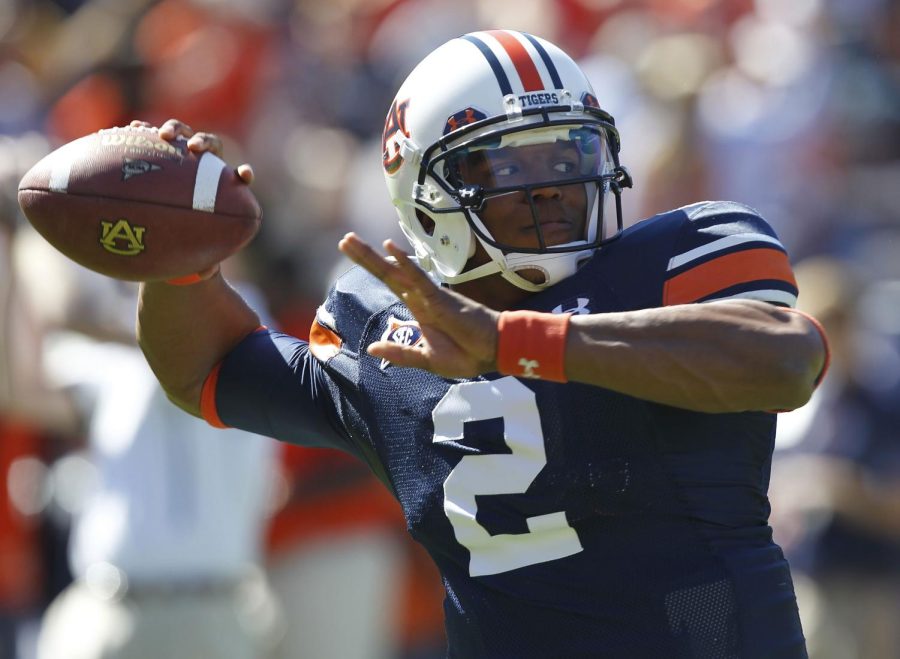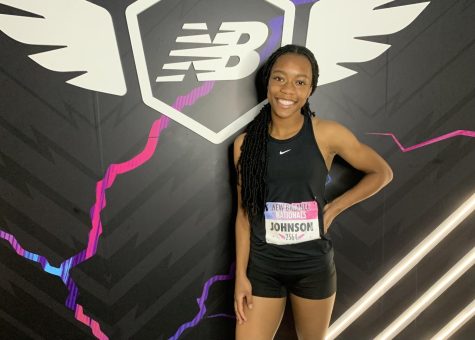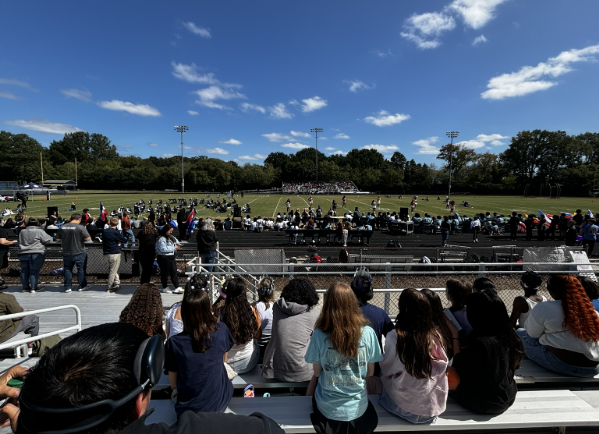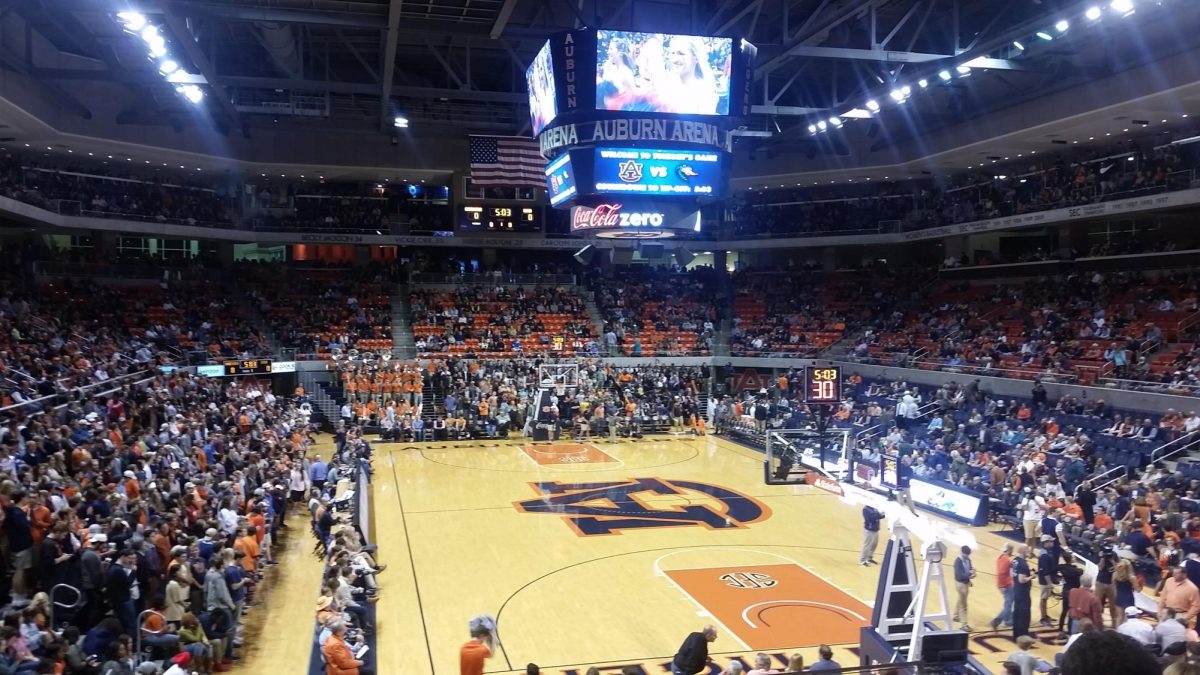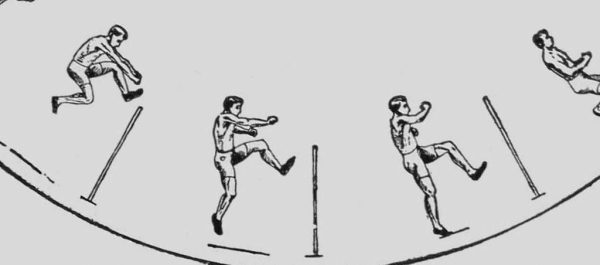Do You Want to Become a Division I Athlete?
April 1, 2022
Majority of high school athletes have the widely shared dream of going to a Division I college for their prospective sport, but what are the chances of actually becoming a Division I athlete? Only about 1 in 57, which is roughly two percent of high school athletes, go onto play at an NCAA Division I school. While this statistic might seem scary or even discouraging, it should not be. With hard work and determination, anything is possible and no dream is too far out of reach. Athletes should be aware of the realities of this and be aware of the countless opportunities they have to receive different types of athletic scholarships and other collegiate athletic options.
Along with the chances of making it to a D1 school, there is also the athletic commitment athletes should consider. Junior Itzel Saligan-Ensaldo says, “I want to try to run track in college but probably not Division I. My friend runs Division I and I see the time those athletes put into their sport, and I want to have more of a balanced college life with doing the sport I love while having the college experience. I would definitely go to a Division III or NAIA school.”
Besides NCAA Division I, II, and III schools which are highly sought after, there are the options that are not as well known such as NAIA schools and Junior colleges. National Association of Intercollegiate Athletics (NAIA) is a college athletics association for small colleges and universities in North America. The NAIA schools also offer two divisions, but NAIA Division I is more equal to NCAA Division II level schools. Over 90% of schools in the NAIA offer scholarships and NAIA athletes receive an average of $7,000 of financial aid. Junior Colleges are two-year post-secondary educational institutions which most athletes attend to go onto a Division I, II, or III school or onto a four-year college. Junior colleges are mostly community colleges and are of low costs. Athletes also should recognize the dedication it takes to be a Division I athlete. There are clearly additional options for college choices an athlete has to further their athletic career, but what about the tuition? Athletes may receive a full or partial athletic scholarship, but there are an abundance of smaller scholarships an athlete can earn. Such as, the “BigSun Athletics” where high school seniors and college students can apply.
Students must be engaged in a sport of any kind and apply with an essay describing how their participation in high school sports influenced them. The “Foot Locker Scholar Athletes Scholarship” for high school seniors entering a four-year, accredited U.S. college or university, awards $20,000 scholarships to 20 students each year. Students must be U.S. citizens or permanent residents, be a member in good standing of a high school sports team, or be involved in an after-school sport. Another scholarship is the “USATF Kim Haines Academic Excellence Grant”; student athletes who have been members of USA Track and Field for the two most recent consecutive years and have competed in one of the qualifying championships can apply for one of 10 grants from $500-$1500. The award amount is based on grade point average.
There are countless scholarships for athletes and even students who plan on going into the sports field. These different opportunities can be found on: 13 Scholarships that Will Help Student Athletes Pay for School, Top Athletic Scholarships for Students in April 2022, Athletic Scholarships and many more websites.
While the Division I dream has its appeals, student-athletes may fail to realize how many different options are available and obtainable for them. As this stressful season of applying for student- athletes approaches for applying to colleges, wanting to be seen by coaches, and earning scholarships or offers, remember the different options available. Success does not look the same for everyone, and it certainly does not just come from playing a Division I sport.


